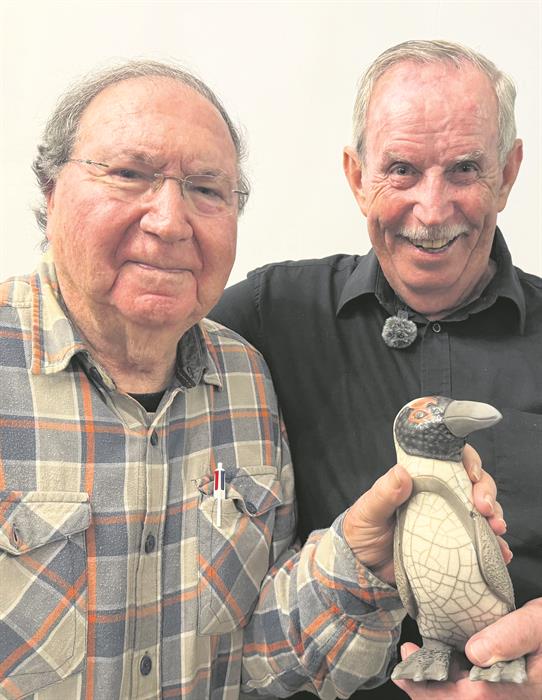Video
PLETTENBERG BAY NEWS AND VIDEO - Louis Michel Thibault, considered the father of South African architecture, left a legacy in South Africa that few others can lay claim to.
He was the creator of what was to become known as the Cape Dutch style, according to fellow architect and Plett resident Rodney Grosskopff.
Grosskopff himself has an architectural quiver to his bow - he was involved in the design of the round Ponte building in Hillbrow, Johannesburg.
Grosskopff paid tribute to Thibault's "truly South African style" at a presentation to the Van Plettenberg Historical Society (VPHS) on Friday 12 September at the Plettenberg Hotel.
Birthplace
Among Thibault's legacy is the Drostdy in Graaff-Reinet built in 1804, which is still in use as a five-star hotel.
Groot Constantia's homestead also reflects his work – he was definitely responsible for the wine cellar, while Anton Anreith contributed to the celebrated pediment.
Born in 1750 in Picquigny, France, a small town on the River Somme, near Amien, Thibault arrived in the Cape in 1783 as part of a team of Swiss army mercenaries employed by the VOC (Dutch East India Company).
After peace was declared, he remained in the Cape and set up a private architectural practice in collaboration with Anton Anreith, a young sculptor and woodcarver from Freiburg, and Hermann Schutte, a young architect and builder from Bremen.
Sadly there is no information about where in South Africa he was buried, but his mastery can still be viewed at the Lodge of Good Hope in Cape Town.
Video:
 Keeping up tradition: Van Plettenberg Historical Society chairperson Len Swimmer (left) presents a penguin statue to keynote speaker Rodney Grosskopff. "Penguin" rhymes with "Picquigny", the birthplace of Louis Michel Thibault, quipped Swimmer. Photo: Chris van Gass
Keeping up tradition: Van Plettenberg Historical Society chairperson Len Swimmer (left) presents a penguin statue to keynote speaker Rodney Grosskopff. "Penguin" rhymes with "Picquigny", the birthplace of Louis Michel Thibault, quipped Swimmer. Photo: Chris van Gass
Read previous article:
‘We bring you the latest Garden Route, Hessequa, Karoo news’
















